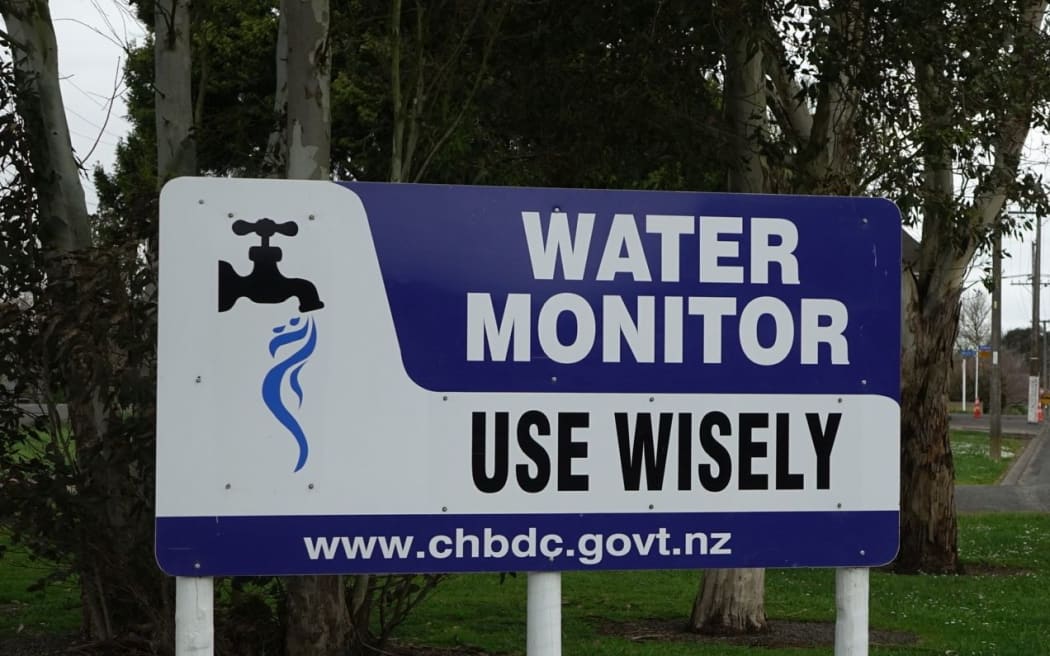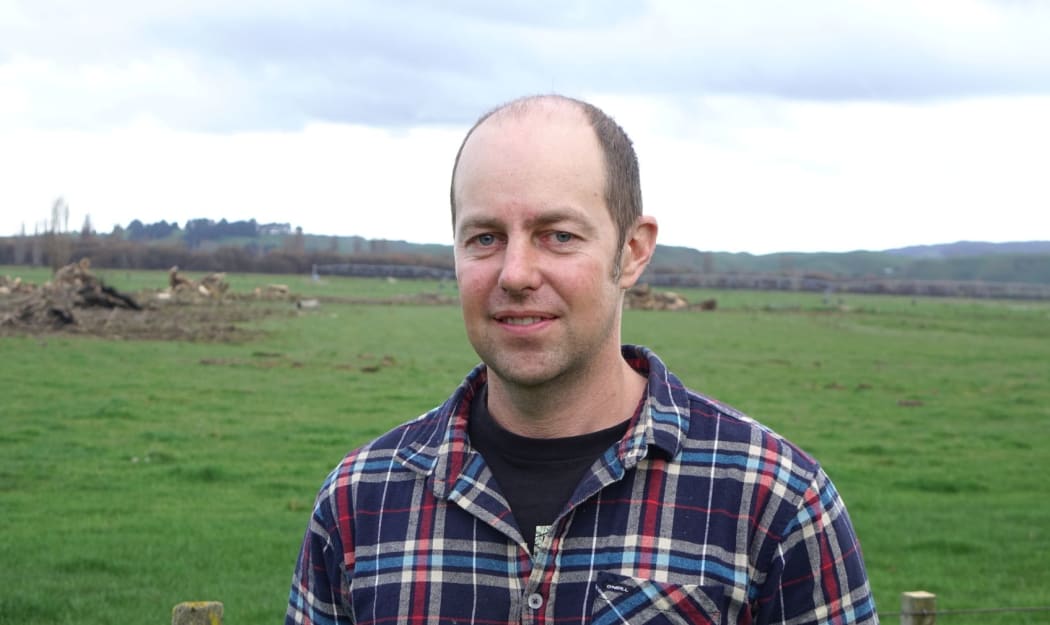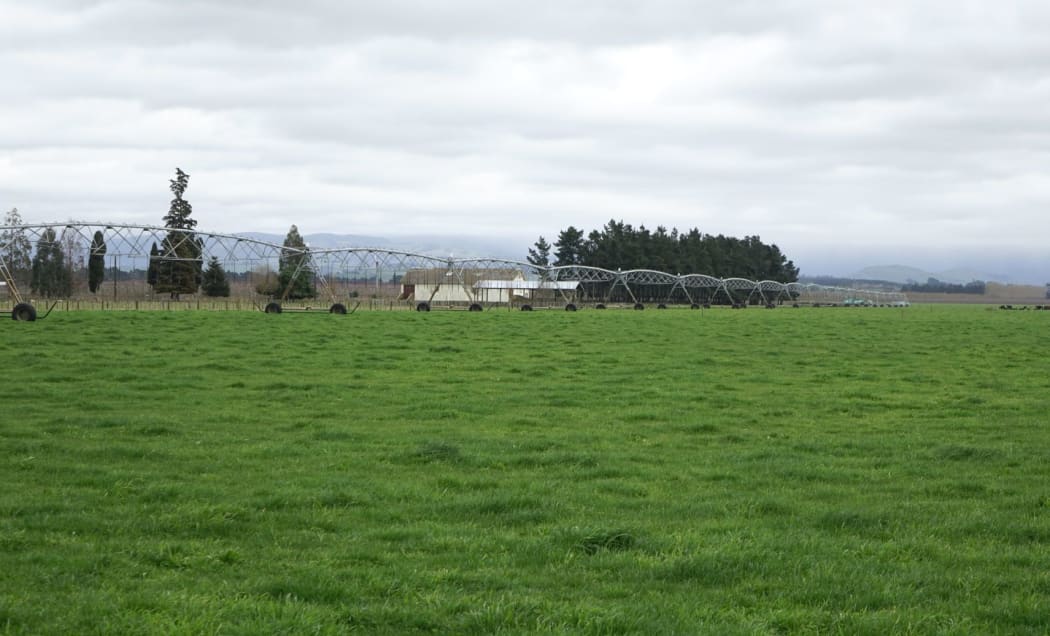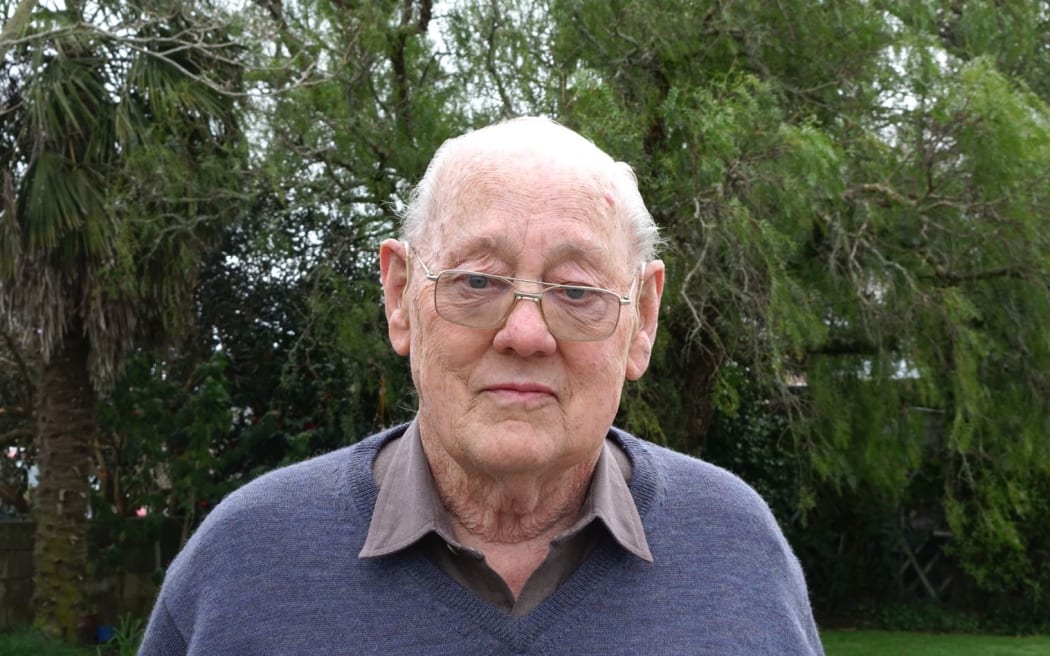A controversial technology that Forest and Bird says is "untested and experimental" is being considered to replenish a Central Hawke's Bay aquifer that's running out of water.

Water monitoring sign Photo: RNZ/ Anusha Bradley
It is one of the options being investigated by the Hawke's Bay Regional Council as dropping water levels have led to some residents digging deeper bores and installing new pumps just to fill their taps.
The Ruataniwha aquifer provides most of the the drinking and irrigation water for the district as well as providing 83 percent of the water in the Tukituki River.
But water levels in the aquifer have been falling for the last 14 years.
The regional council and the Central Hawke's Bay District Council have launched a taskforce to look at how it can deal with the water crisis.
After the Ruataniwha Dam project was spiked last year, smaller dams were now being considered as well as a technology called Managed Aquifer Recharge, Hawke's Bay Regional Council chief executive James Palmer said.
An $80,000 feasibility study was being carried out, looking at whether water could be taken from rivers and pumped back underground into the aquifer.
"Once we've got a sense of whether that's an option ... we'd certainly look at it costing much less than the investment contemplated under the Ruataniwha Water Storage Scheme," Mr Palmer said.
Managed Aquifer had caused controversy with iwi and and environmental groups in Gisborne and Canterbury.
That was because it was unproven technology that did not address the root cause of the problem, Forest and Bird fresh water advocate Annabeth Cohen said.
"It's kind of like moving the deck chairs on the Titanic around, but we're not addressing the iceberg in the side of the boat. The iceberg here is over allocation."
But Irrigation NZ chief executive Andrew Curtis said claims that managed acquifer recharge was untested science was untrue.
"I am currently in Nebraska visiting sites using Managed Aquifer Recharge. I have also previously visited four areas in California which have been successfully using Managed Aquifer Recharge to recharge groundwater.
There are a huge number of managed aquifer recharge projects occurring worldwide and managed aquifer recharge is widely used in North America, Europe, Asia and Australia.
"In New Zealand it has been used in a trial near Hinds in Canterbury and has been evaluated and shown to be successful in raising groundwater levels and decreasing nitrates."
However Ongaonga crop farmer Alistair Setter said he wanted a moratorium on any new groundwater consents, including the eight applications to draw another 15 million cubic metres of groundwater a year from the aquifer -known as 'Tranche 2'.

Alistair Smith Photo: RNZ / Anusha Bradley
This water take was allocated by the Board of Inquiry into the failed Ruataniwha Dam.
The eight applications were on hold until they submitted their scientific data for review to the regional council next month.
Mr Setter said no new consents should be granted until a $1.5 million electromagnetic aerial survey of the aquifer, planned by the regional council for next summer, was carried out.
"People are running out of water, and not just shallow bores but deep bores as well. There are people all over the Ruataniwha plains that will tell you their water is dropping a metre per year," Mr Setter said.

Plantation road dairies Photo: RNZ/ Anusha Bradley
Another Ongaonga resident Bill Stevenson had to install a new pump last year, but worried he would still run out of water if the new consents were issued.
"In February 2016 our pump got to the stage where it couldn't bring water up because it was too far down. We had to spend $6800 to put a submersible pump.

Bill Stevenson Photo: RNZ/ Anusha Bradley
"If there are any more consents given out, we could end up with nothing."
The largest Tranche 2 applicant is Plantation Road Dairies in Ongaonga. Its fields were already kept bright green by huge pivot irrigators but it wanted another 6 million cubic metres.
Its managing director Kevin Davidson declined to speak to RNZ.
There were fears a predicted El Nino could bring drought conditions to a district this summer that was already under stress.
Ongaonga and Tikokino residents were being offered subsidised rainwater tanks, but if needed they would have to be filled at their own expense.
Tikokino resident Kirsty Beagle was worried she would run out of water this summer, and would be taking up the offer of a subsidised tank, she said.
"What people don't understand is that the water that comes from Central Hawke's Bay fills the Tukituki River, which gives the water to Hastings, Napier and Havelock North. This is a Hawke's Bay problem, if they don't sort out what is happening."
But Irrigation NZ chief executive Andrew Curtis said claims that managed acquifer recharge was untested science was untrue.
"I am currently in Nebraska visiting sites using Managed Aquifer Recharge. I have also previously visited four areas in California which have been successfully using Managed Aquifer Recharge to recharge groundwater.
There are a huge number of managed aquifer recharge projects occurring worldwide and managed aquifer recharge is widely used in North America, Europe, Asia and Australia.
"In New Zealand it has been used in a trial near Hinds in Canterbury and has been evaluated and shown to be successful in raising groundwater levels and decreasing nitrates."


